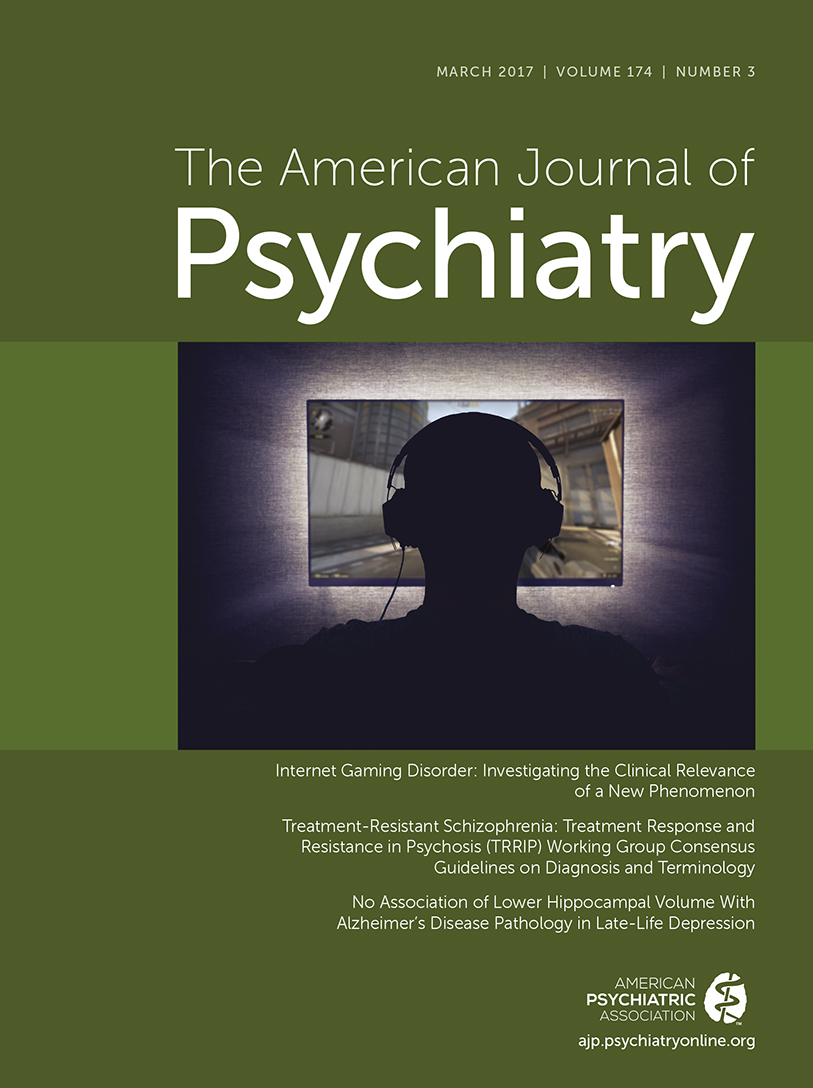The Edinburgh Medical Garden, Benjamin Rush, and the Seeds of Pharmacology

Rush Garden at the Mütter Museum in Philadelphia
Dissatisfied with the state of medicine in the city of Edinburgh, two physicians founded a botanic garden for the study of medicinal plants, which provided a base for the future of pharmacology. In 1670, Doctors Andrew Balfour and Robert Sibbald were responsible for planning a small medical garden about 180 square yards. This site became the precursor of the Great Royal Botanic Garden (1, 2).
The University of Edinburgh Medical School was founded in 1726 during the Enlightenment. The medical institution became an international center and accepted many students from the North American colonies (3). Today, the building has a plaque commemorating the link between the Edinburgh Medical School and North America. Between 1744 and 1799, 117 Americans received medical degrees. Among them were John Morgan, the founder of the Medical School of the College of Philadelphia, and the doctors who joined as the first faculty: William Shippen, Adam Kuhn, Caspar Wistar, and Benjamin Rush, a signer of the Declaration of Independence. With the Edinburgh Medical School as a model, these physicians built an institution of higher learning while conscious of the importance of combining lectures with bedside teaching. Philosophy was a core subject in medical school at the time, and these physicians were familiar with the natural and experimental philosophy of the Enlightenment.
During his tenure, Benjamin Rush urged his college fellows to create a botanic garden with medicinal plants similar to the one at the University of Edinburgh. The college finally took his advice in 1937. Rush Garden can nowadays be visited at the Mütter Museum in Philadelphia. The plot is set into a patio paved with brick laid in a herringbone pattern. The medicinal plants are laid out in four slightly raised identical beds organized around a sundial. The beds are densely planted with medicinal herbs including sage, chamomile, betony, agrimony, and silver santolina. A significant number of these medicines were used to treat psychiatric symptoms.
1 : Preface, in The Royal Botanic Garden Edinburgh, 1670–1970. Edinburgh, Her Majesty’s Stationery Office, 1970Crossref, Google Scholar
2 : A Tradition of Excellence: A Brief History of Medicine in Edinburgh. Edinburgh, Duncan, Flockhart & Co, 1981, p 9Google Scholar
3 : The founding of the Edinburgh Medical School. J Hist Med Allied Sci 2004; 59:183–218Crossref, Medline, Google Scholar



